Bogdan Kustowski
Lawrence Livermore National Laboratory, Livermore, CA
Transformer-Powered Surrogates Close the ICF Simulation-Experiment Gap with Extremely Limited Data
Dec 06, 2023Abstract:Recent advances in machine learning, specifically transformer architecture, have led to significant advancements in commercial domains. These powerful models have demonstrated superior capability to learn complex relationships and often generalize better to new data and problems. This paper presents a novel transformer-powered approach for enhancing prediction accuracy in multi-modal output scenarios, where sparse experimental data is supplemented with simulation data. The proposed approach integrates transformer-based architecture with a novel graph-based hyper-parameter optimization technique. The resulting system not only effectively reduces simulation bias, but also achieves superior prediction accuracy compared to the prior method. We demonstrate the efficacy of our approach on inertial confinement fusion experiments, where only 10 shots of real-world data are available, as well as synthetic versions of these experiments.
Transfer learning suppresses simulation bias in predictive models built from sparse, multi-modal data
Apr 19, 2021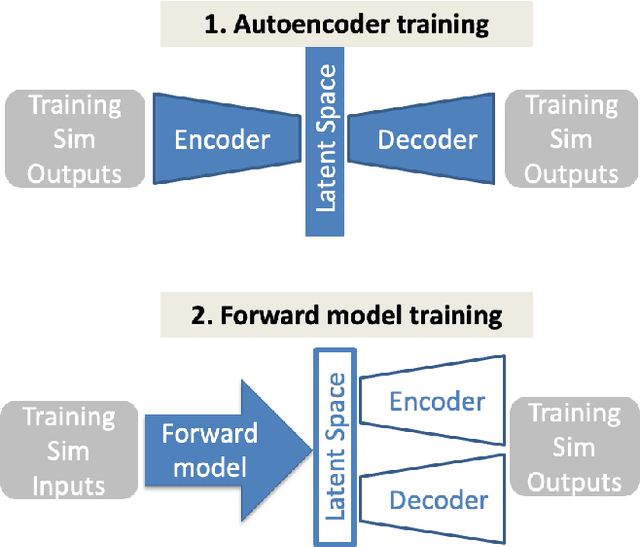
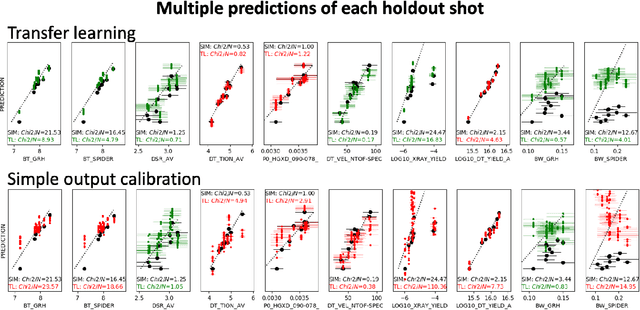
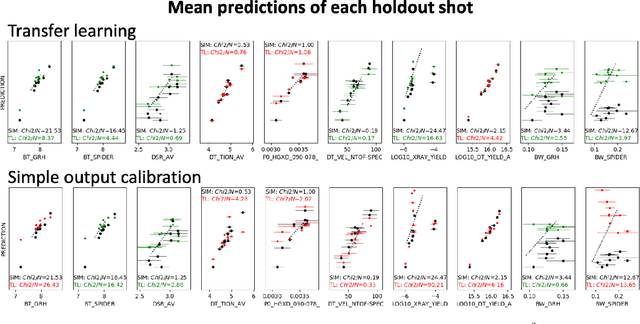
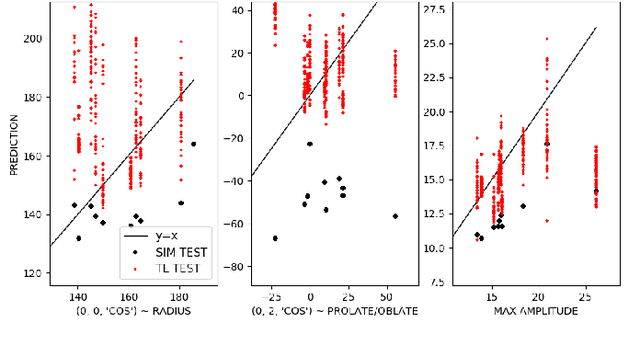
Abstract:Many problems in science, engineering, and business require making predictions based on very few observations. To build a robust predictive model, these sparse data may need to be augmented with simulated data, especially when the design space is multidimensional. Simulations, however, often suffer from an inherent bias. Estimation of this bias may be poorly constrained not only because of data sparsity, but also because traditional predictive models fit only one type of observations, such as scalars or images, instead of all available data modalities, which might have been acquired and simulated at great cost. We combine recent developments in deep learning to build more robust predictive models from multimodal data with a recent, novel technique to suppress the bias, and extend it to take into account multiple data modalities. First, an initial, simulation-trained, neural network surrogate model learns important correlations between different data modalities and between simulation inputs and outputs. Then, the model is partially retrained, or transfer learned, to fit the observations. Using fewer than 10 inertial confinement fusion experiments for retraining, we demonstrate that this technique systematically improves simulation predictions while a simple output calibration makes predictions worse. We also offer extensive cross-validation with real and synthetic data to support our findings. The transfer learning method can be applied to other problems that require transferring knowledge from simulations to the domain of real observations. This paper opens up the path to model calibration using multiple data types, which have traditionally been ignored in predictive models.
Merlin: Enabling Machine Learning-Ready HPC Ensembles
Dec 05, 2019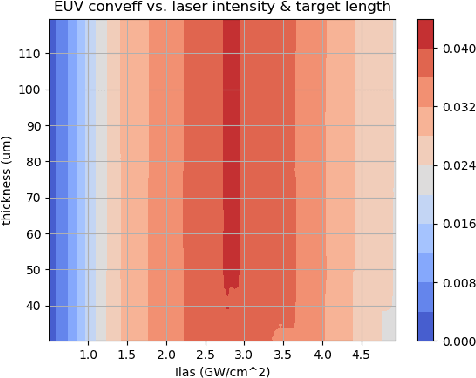
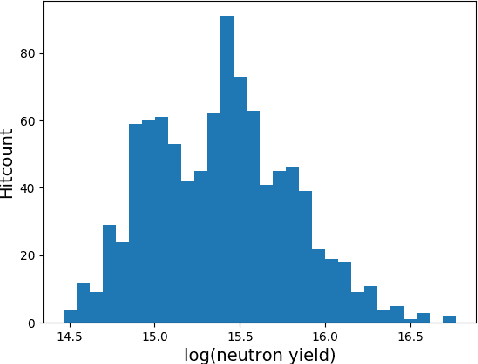
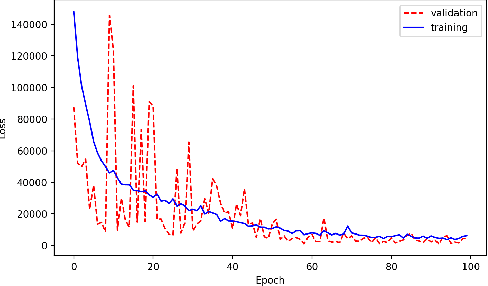
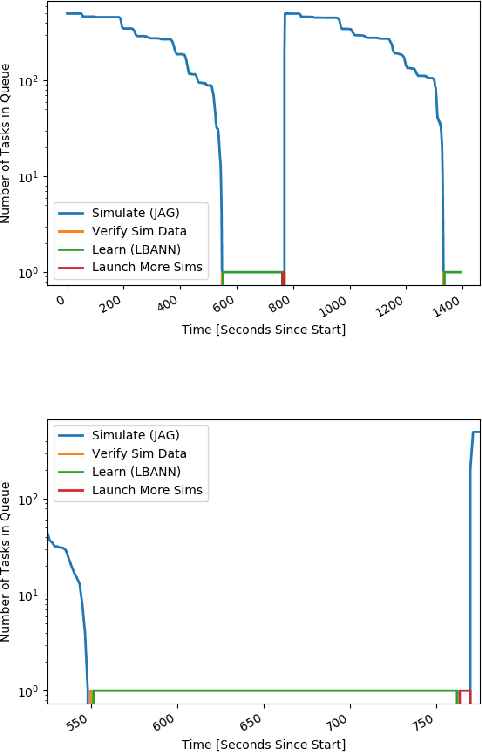
Abstract:With the growing complexity of computational and experimental facilities, many scientific researchers are turning to machine learning (ML) techniques to analyze large scale ensemble data. With complexities such as multi-component workflows, heterogeneous machine architectures, parallel file systems, and batch scheduling, care must be taken to facilitate this analysis in a high performance computing (HPC) environment. In this paper, we present Merlin, a workflow framework to enable large ML-friendly ensembles of scientific HPC simulations. By augmenting traditional HPC with distributed compute technologies, Merlin aims to lower the barrier for scientific subject matter experts to incorporate ML into their analysis. In addition to its design and some examples, we describe how Merlin was deployed on the Sierra Supercomputer at Lawrence Livermore National Laboratory to create an unprecedented benchmark inertial confinement fusion dataset of approximately 100 million individual simulations and over 24 terabytes of multi-modal physics-based scalar, vector and hyperspectral image data.
 Add to Chrome
Add to Chrome Add to Firefox
Add to Firefox Add to Edge
Add to Edge